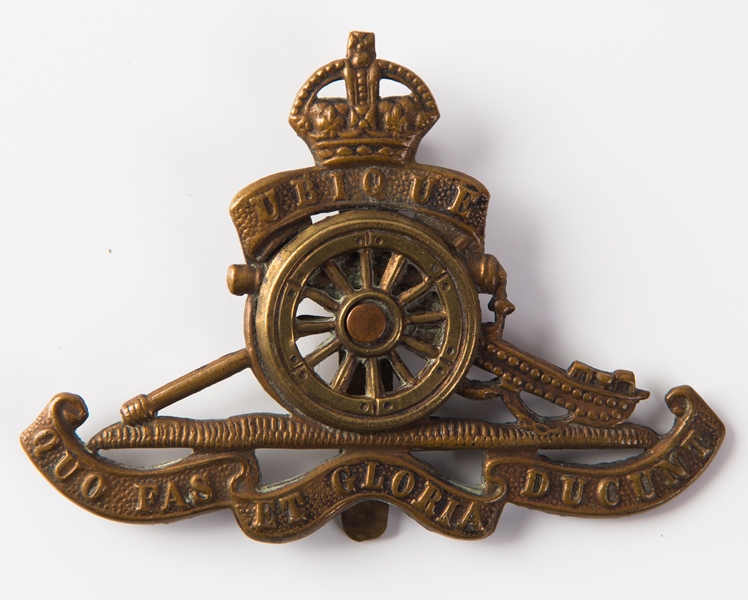Personal Details
Born: 1 July 1883 in Pattingham, Staffordshire and baptised on 2 August 1883 at Pattingham Parish Church, Staffordshire.
Family: He was the third of four children born to the Rev John Prittie O`Connor, a clerk in Holy Orders, and his wife Elizabeth. No marriage can be found for him.
Residence: From the time of his baptism until at least 1891 his family were living in Pattingham, Staffordshire. By 1901 William was a boarder at 33 Tettenhall Road, Wolverhampton and ten years later in 1911 he was in Folkestone at 8 Oxford Terrace. In 1919 his address on the Absent Voters` List was 20 Green End, Whitchurch, Shropshire. By 1925 he was living at 111 Alkington Road, Whitchurch and in 1939 at 5 Talbot Street, Whitchurch. At the time of his death in 1946 he was living at 62 Haygate Road, Wellington, Shropshire.
Employment: He was a bank clerk.
Died: 26 December 1946, Wellington, Shropshire. aged 62.
Military Details
Regiment: Royal Garrison Artillery
Rank: Gunner
Service Number: 171309
Date of Enlistment: Not known
Date of Discharge: Not known
Reason for Discharge: Not known
William was awarded the Campaign Medals (British War Medal and Victory Medal)

The British War Medal (also known as 'Squeak') was a silver or bronze medal awarded to officers and men of the British and Imperial Forces who either entered a theatre of war or entered service overseas between 5th August 1914 and 11th November 1918 inclusive. This was later extended to services in Russia, Siberia and some other areas in 1919 and 1920. Approximately 6.5 million British War Medals were issued. Approximately 6.4 million of these were the silver versions of this medal. Around 110,000 of a bronze version were issued mainly to Chinese, Maltese and Indian Labour Corps. The front (obv or obverse) of the medal depicts the head of George V. The recipient's service number, rank, name and unit was impressed on the rim.
The Allied Victory Medal (also known as 'Wilfred') was issued by each of the allies. It was decided that each of the allies should each issue their own bronze victory medal with a similar design, similar equivalent wording and identical ribbon. The British medal was designed by W. McMillan. The front depicts a winged classical figure representing victory. Approximately 5.7 million victory medals were issued. Interestingly, eligibility for this medal was more restrictive and not everyone who received the British War Medal ('Squeak') also received the Victory Medal ('Wilfred'). However, in general, all recipients of 'Wilfred' also received 'Squeak' and all recipients of The 1914 Star or The 1914/1915 Star (also known as 'Pip') also received both 'Squeak' and 'Wilfred'. The recipient's service number, rank, name and unit was impressed on the rim.

